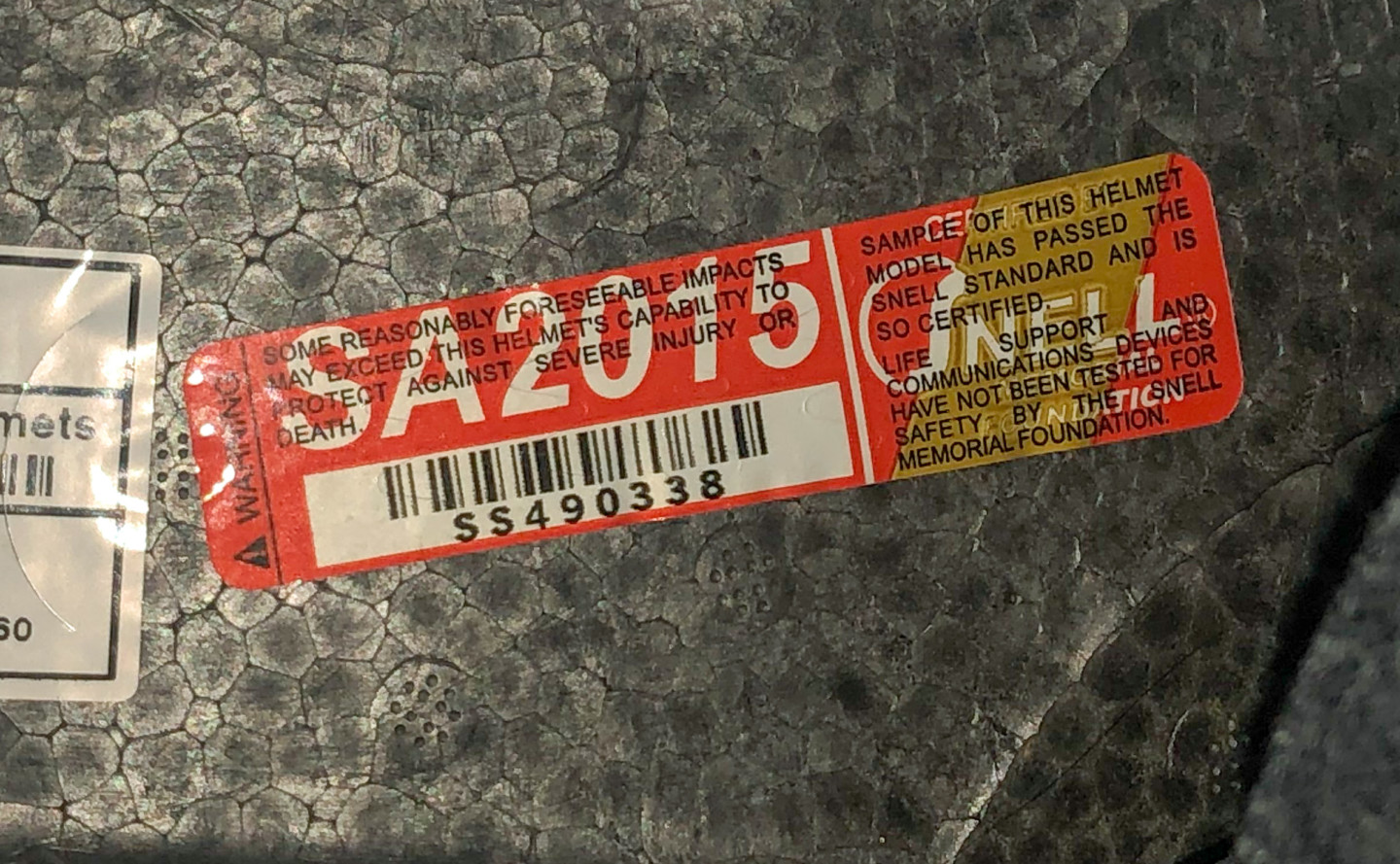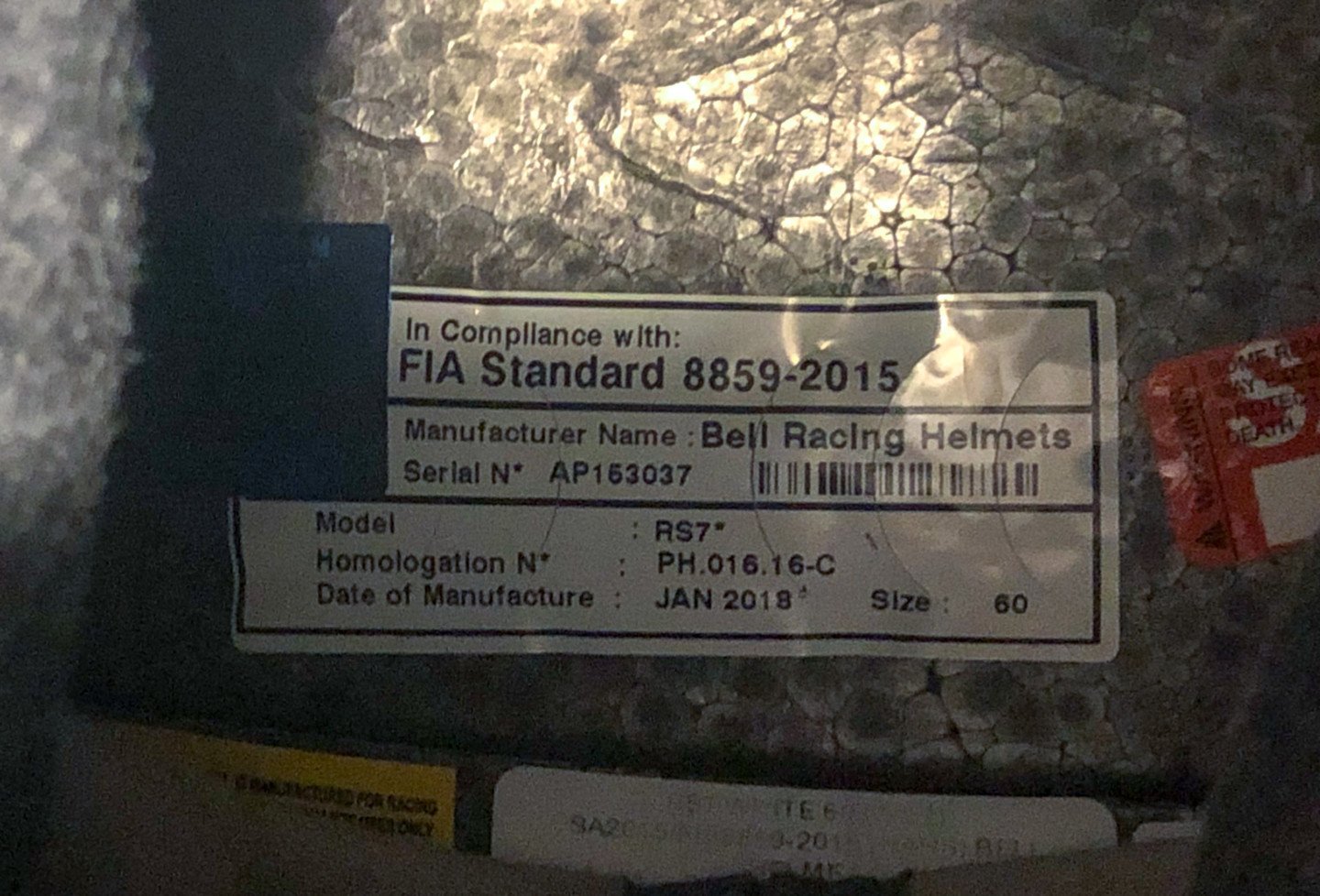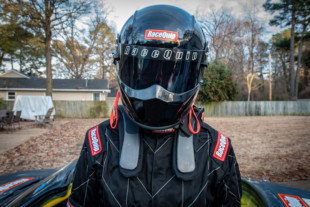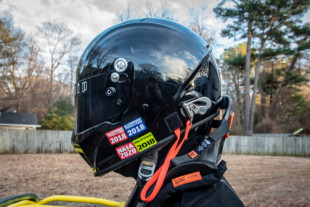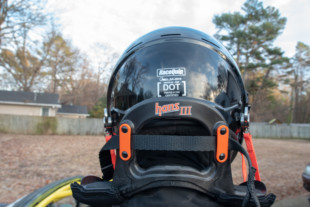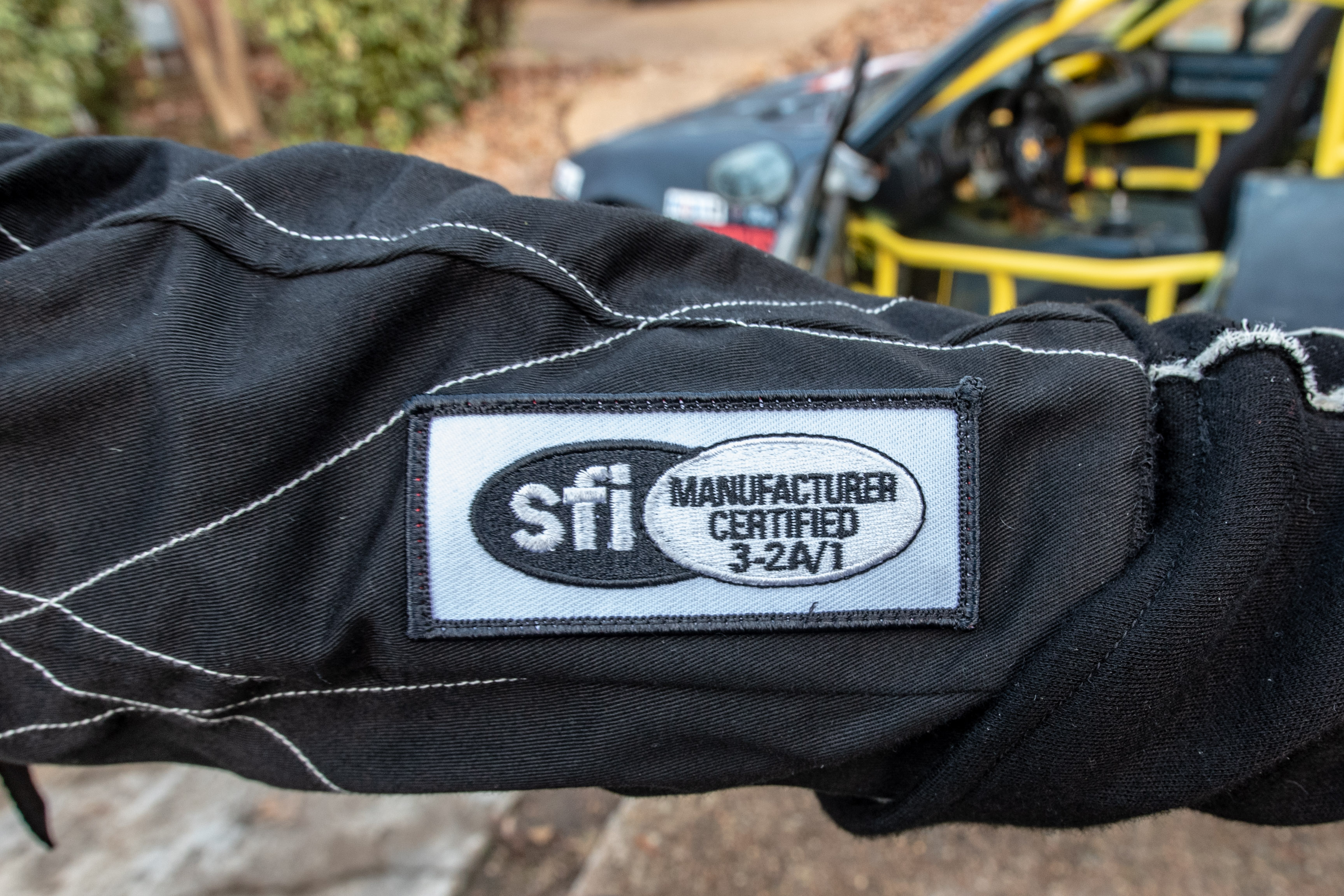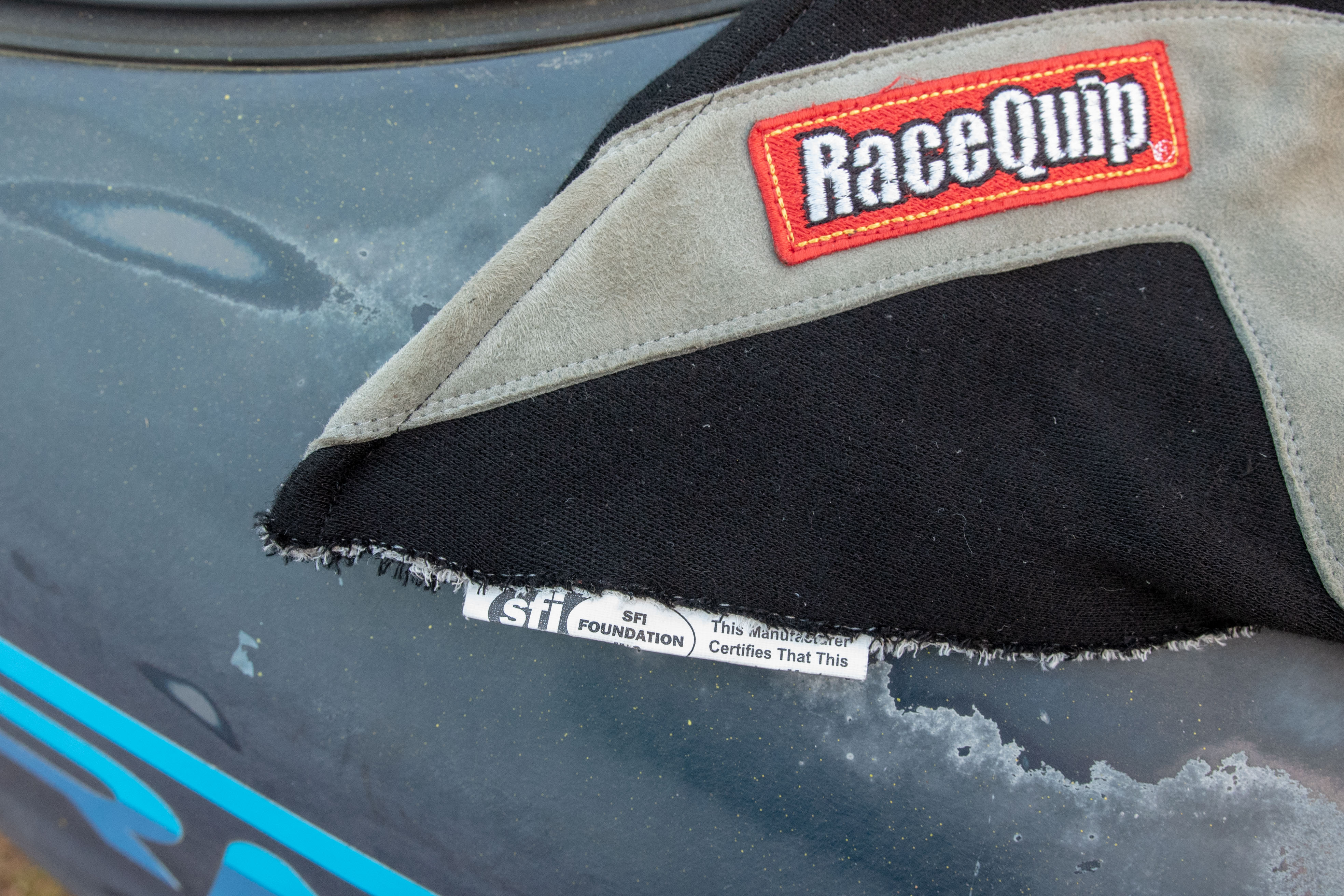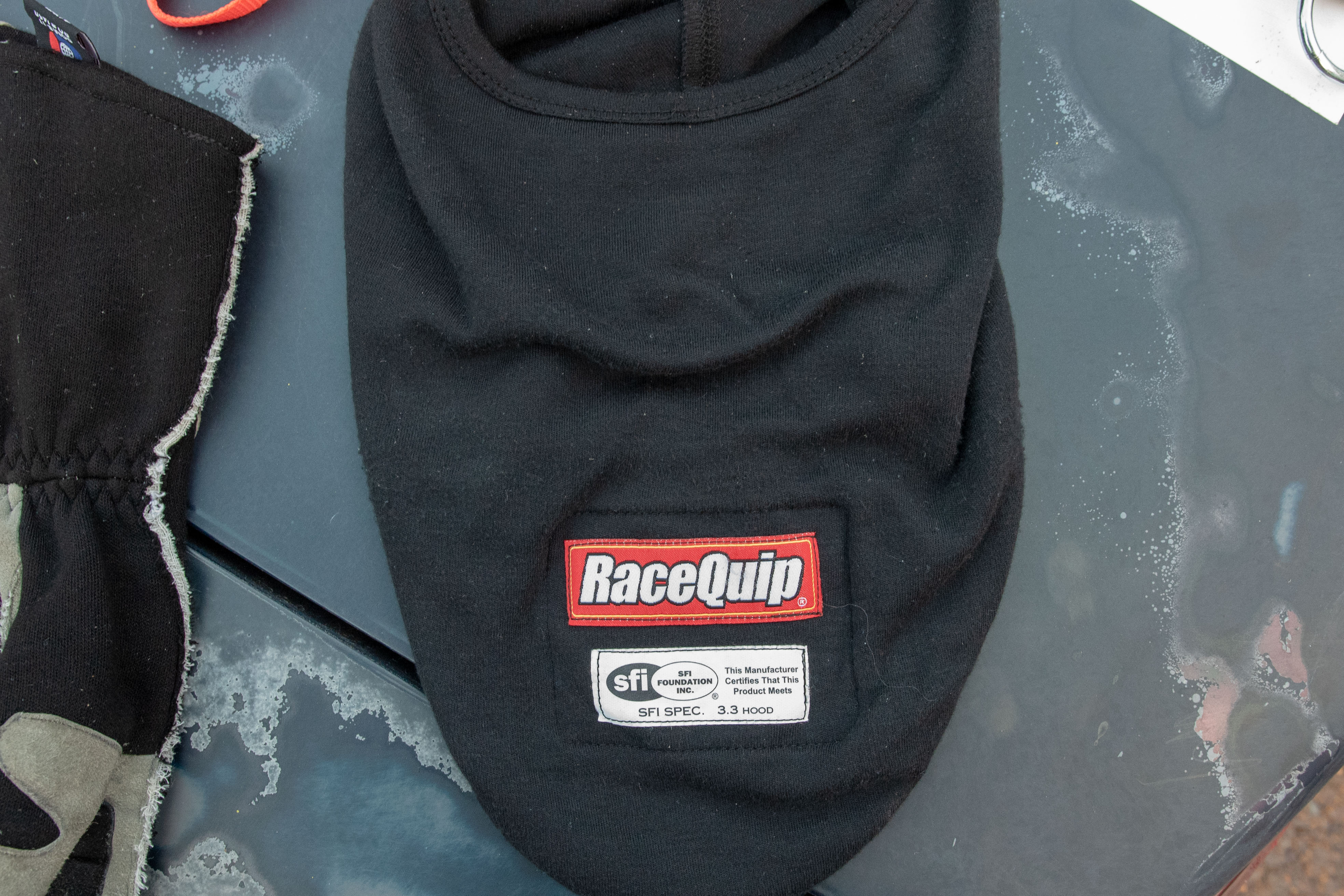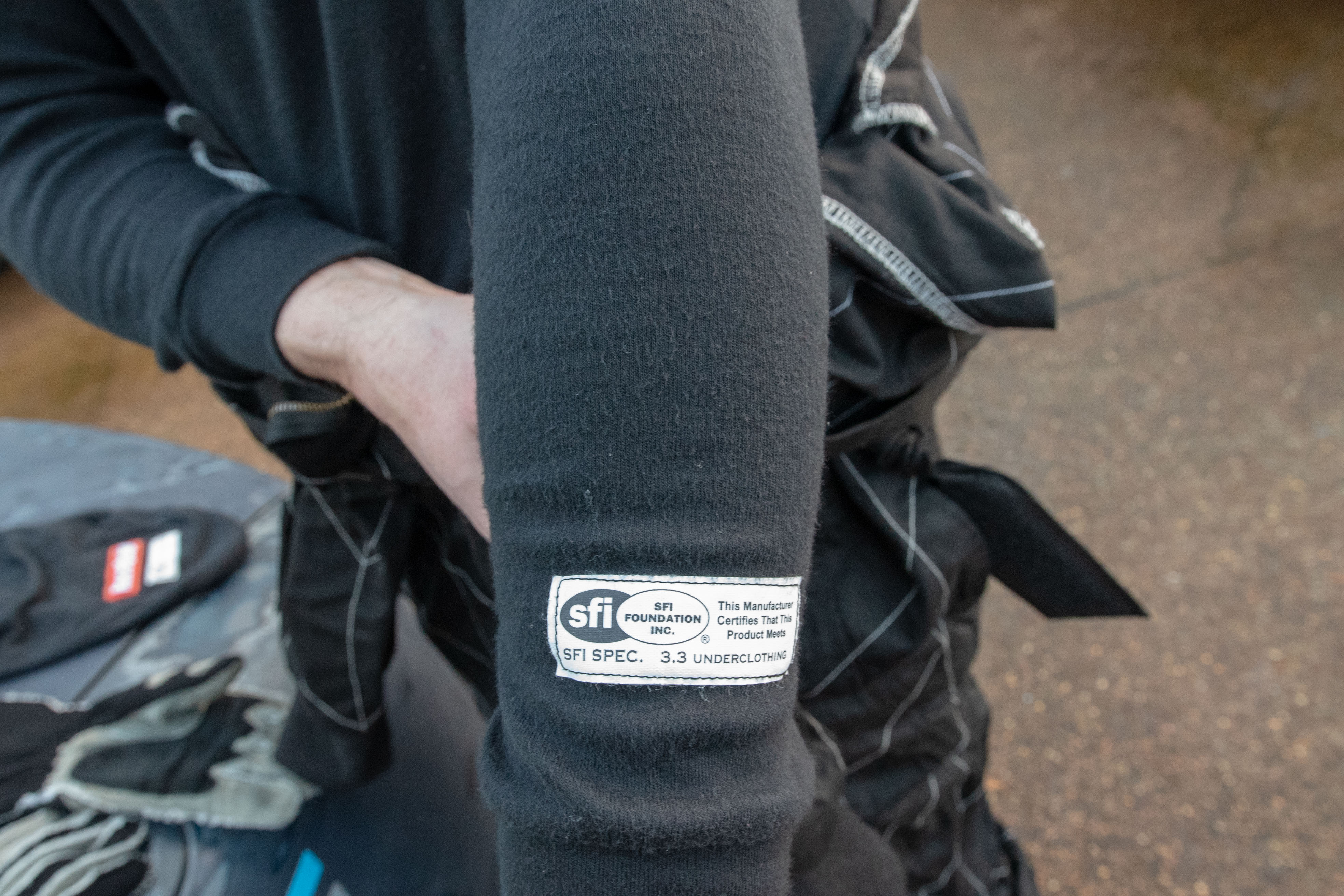The Basics of Protective Driver’s Gear
In high-performance driving, safety should be at the center of every decision made and action taken. If safety is not dictating each decision made on the track, it should be. That becomes even truer when considering the safety gear, including helmets, driver suit, gloves, and shoes.
Where hitting another car or a stationary object is inevitable, the last line of protection for any driver is their safety gear. A race car protects a driver from the most significant impacts that usually happen when it first makes contact with another object. A driver’s safety gear is designed to protect the driver from excess energy not otherwise absorbed or dissipated by the chassis, or from any secondary collisions to parts of the car already damaged by contact.
For novice high-performance drivers, the choice of safety gear can be confusing and intimidating. A wide variety of safety ratings are legal for use in many amateur racing organizations. Still, more established manufacturers offer higher quality equipment that is more durable, fits better, and provides more protection. We will walk through the basics of safety gear to provide the information needed to make the best choices for your budget while keeping you safe on the track.
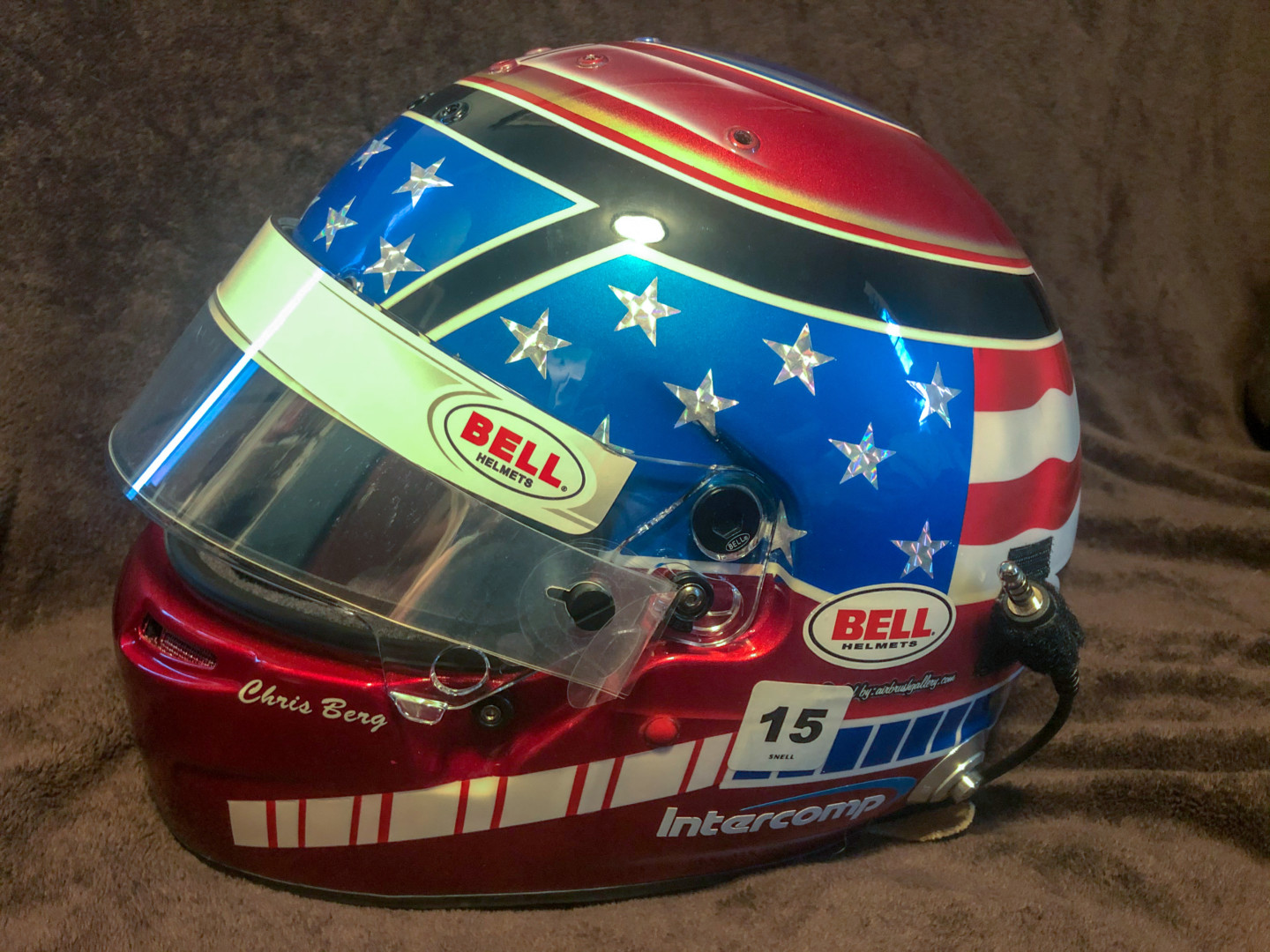
Helmets should be purchased from highly-reputable companies with a proven track record, like this Bell RS7, with custom paint by Don Johnson at Airbrush Gallery.
Helmets
Helmets sold in the United States designed for motorsport can carry ratings from up to three independent organizations: the SFI Foundation, Snell Memorial Foundation, and FIA (Federation Internationale de L’Automobile). SFI and Snell safety gear standards are used primarily in the U.S., while FIA standards are used by multiple sanctioning organizations from around the world. No one-rating system is better than the other, but often rate different aspects of helmet performance. Ideally, whichever helmet you purchase will carry ratings from at least one of these organizations. So, what do all those letters and numbers really mean?
The most widely used helmet standard in the U.S. is from Snell, which tests a helmet’s resistance to impacts, punctures, and flame. The organization’s standards are updated every five years, with specific tests often added to more closely match real-world needs during each five-year cycle. Manufacturers seeking certification submit production samples of current and new helmet models at the outset of each five-year period. Those samples are subjected to the organization’s stringent testing procedure at the beginning of each new certification cycle.
The leading letters of the Snell certification refer to the type of helmet, including ‘SA’ (Specialized Application for auto sports), ‘EA’ (Elite auto sports), ‘CM’ (Children’s Motorsports), ‘M’ (Motorcycle), and ‘K’ (Karting). SA and EA have flame-resistant linings and structures designed to withstand the crash forces experienced in a closed- or open-cockpit racecar. The CM, M, and K helmets do not have flame-resistant linings and are constructed to perform best in its specifically-rated application.
The first year of the new certification cycle for which the helmet was tested follow the application. An SA2015 rating means the helmet surpasses the performance standards required of a SA helmet manufactured to the 2015 requirements. Depending on the organization in which you drive, most allow the use of helmets with the current or immediately proceeding certification.
The FIA follows similar helmet certification methods, conducting tests similar to Snell. However, it does not dictate a specific period in which certification standards are reviewed. Most helmets currently on the market surpass the 8859-2015 standard, which requires helmet makers to incorporate mounting hardware for anchor posts used by frontal-head restraint systems.
The most recent standard (8860-2018) includes updates further raising the bar of performance during a race-related impact. Manufacturers are not required to build all helmet models to the latest standard; instead, the certifications allow individual sanctioning bodies the option to require whether or not its drivers use helmets with the newest spec.
Less widely utilized, SFI specifications also include performance standards for impact performance of helmet shells and flame-resistant interiors. Like the FIA, SFI standards do not include a specified timeframe like the Snell certification model. The current 41.1 spec provides minimum performance standards for fire-resistant helmets used in auto racing that went into effect in 2013 and were reviewed in 2014.
Frontal Head Restraint (FHR) Systems
This category refers to all devices that prevent injury by limiting the extreme forward movement of a driver’s head in a collision, including a deadly basilar skull fracture. The HANS Device was the original answer to prevent these injuries, but SFI and FIA currently certify various FHR designs. SFI’s 38.1 spec has been the most open to FHRs other than the HANS, including Hybrid, NecksGen, and other alternatives. However, in recent years, FIA has widened the number of devices it certifies. Be sure to pay close attention to the rules of your racing organization to understand better which FHR systems are permitted.
A head and neck restraint is necessary when you have a car outfitted with a safety harness. This is the HANS III, but there are many different styles of FHRs with different ways to attach them to the helmet.
Flame-Resistant Garments
These items include driver’s suits, gloves, shoes, socks, balaclavas, and flame-resistant underwear. Like FHRs, both SFI and FIA also have specific specs and requirements for these items. FIA’s latest standard (8856-2018) has separate protection requirements for each clothing item. Each piece is also mandated to include the manufacture date and is valid for ten years after that time. SFI requirements for undergarments, socks, shoes, and gloves fall under spec 3.3.
Most mass-produced racing suits fall under the 3.2A spec. But, within this spec are five subcategories outlining different levels of protection. A 3.2A/1-rated suit provides three seconds of protection until the wearer receives a second-degree burn.
The certification label will be affixed to the garment, such as these from RaceQuip. Depending on your level of racing, you may need to wear multiple layers or upgrade to a thicker suit. Even with a 3.2A/5-rated suit, it is a good idea to wear flame-resistant undergarments as well. Every second counts in a fire!
The next-most-common suit rating is the 3.2A/5, providing ten seconds of protection. For ratings other than those, multiply the final number to get the approximate protection time. It is also important to remember flame-resistant undergarments add approximately three additional seconds of protection when worn under a driver’s suit. So, even if your sanctioning body does not recommend flame-resistant underwear, it is a good idea to consider using these items because they represent a cost-effective level of additional protection.
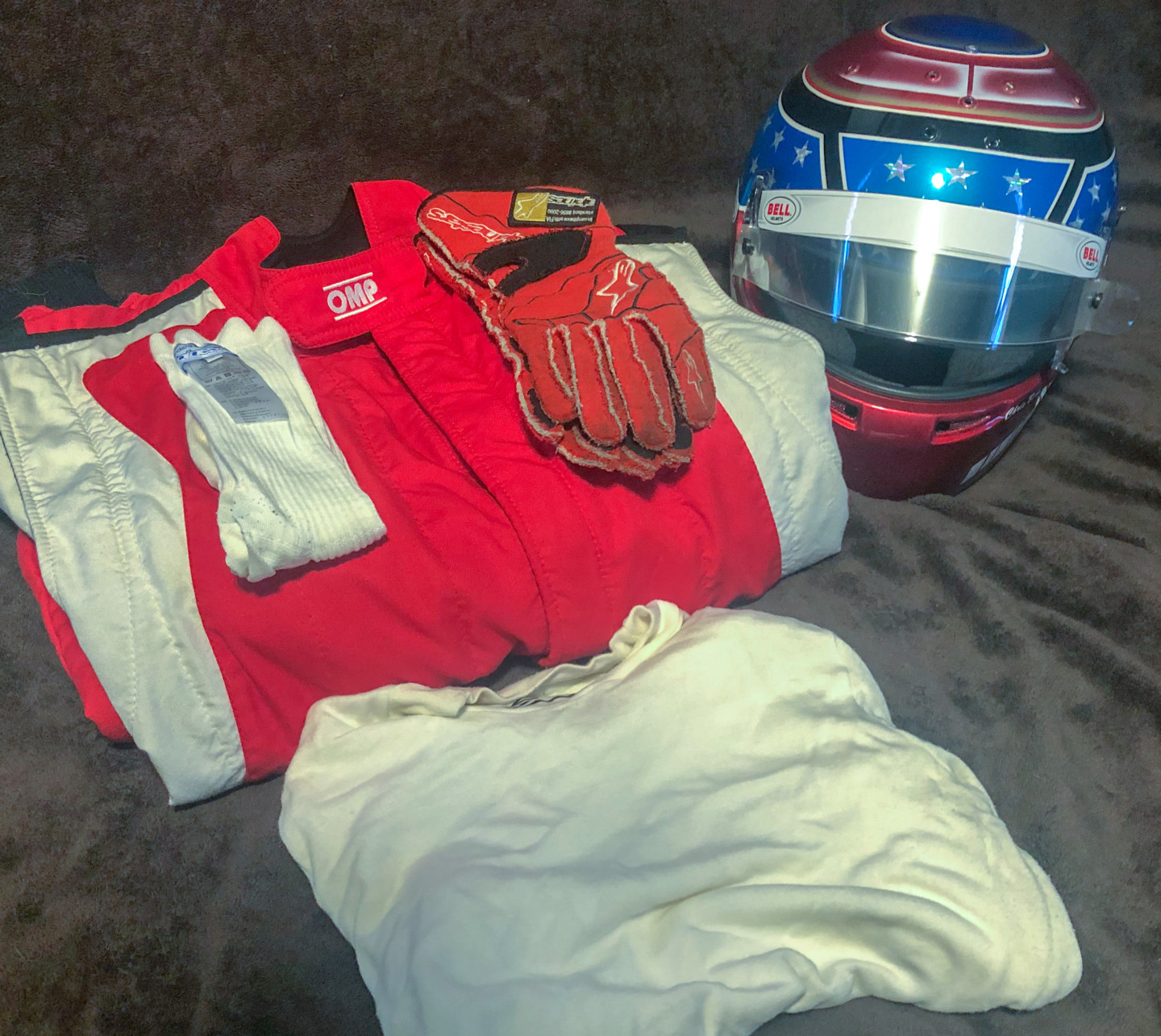
Driver’s gear including, driving suit, helmet, flame-resistant socks, gloves, and flame-resistant underwear.
Last Lap
There is no getting around that safety equipment is a sizable investment in high-performance driving. Many variables, including budget and level of racing, must be taken into account when purchasing driver’s gear. However, cost should not be the sole determining factor. Fit and feel of driving gear are most important above everything else, especially when it comes to helmets. Without feeling safe and comfortable, a driver will not be able to exploit their full performance potential.


